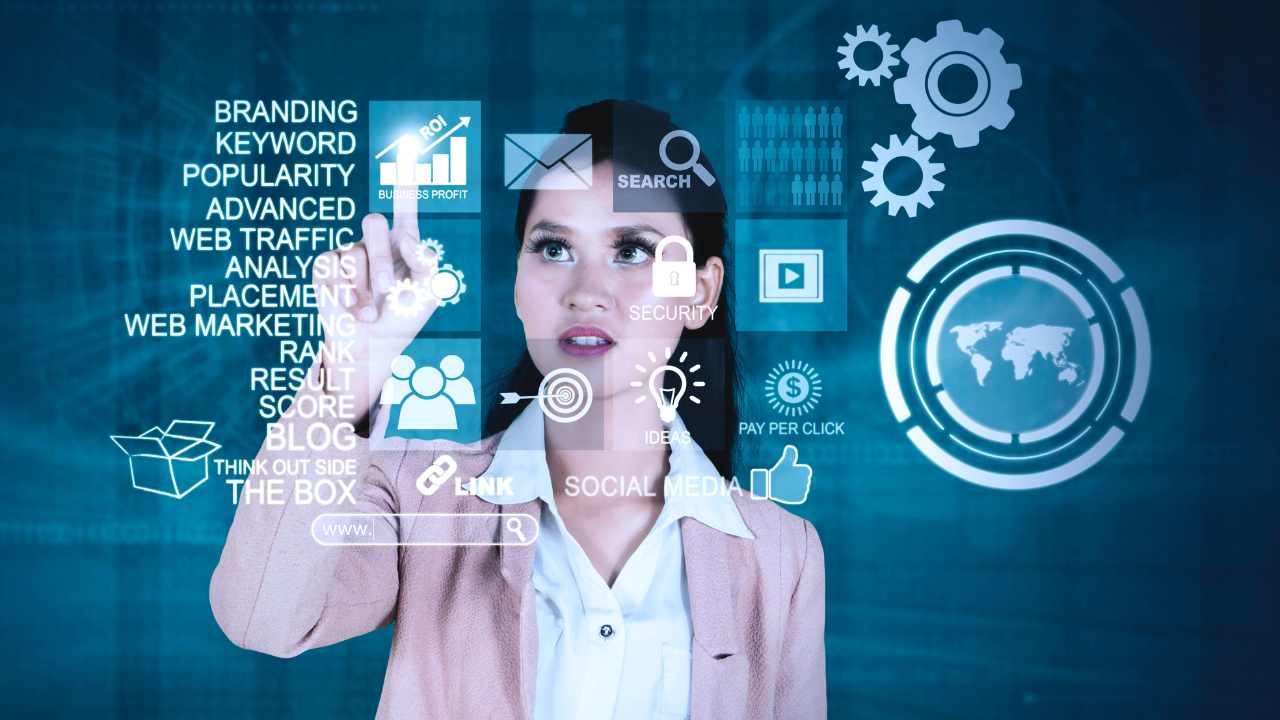How to Increase Website Traffic Organically: In today’s digital era, every business wants to increase its website traffic without spending a lot on paid promotions. Organic traffic is the best way to get long-term results and establish credibility. If you are also searching for ways to boost your website traffic naturally, this article will guide you step by step.
Table of Contents
1. High-Quality Content is the Key
Content is king! If your website has high-quality, informative, and engaging content, users will automatically visit and stay longer. Follow these tips:
- Write original and valuable content that solves users’ problems.
- Use a conversational tone and keep the language easy to understand.
- Focus on storytelling to keep readers engaged.
- Keep updating old content with fresh information.
- Add case studies and real-life examples to build credibility.
- Incorporate listicles, how-to guides, and step-by-step tutorials.
2. Search Engine Optimization (SEO)
SEO is the backbone of organic traffic. Without proper SEO, your website will not rank on search engines. Here are the essential SEO practices:
- On-Page SEO: Optimize meta titles, descriptions, headings, and images.
- Keyword Research: Find relevant keywords with high search volume and low competition.
- Internal Linking: Link your related blogs and pages to increase engagement.
- Mobile Optimization: Ensure your website is mobile-friendly.
- Page Speed: A slow website affects rankings, so improve loading speed.
- Schema Markup: Use structured data to improve search engine visibility.
- Image Optimization: Compress images and add alt text for better rankings.
3. Regular Blogging
Having a blog section on your website is a great way to attract visitors. Write blog posts that answer common queries, provide solutions, and educate your audience.
- Use relevant keywords naturally.
- Write at least 1000-2000 word articles.
- Use engaging headlines and subheadings.
- Add images, infographics, and videos to make content interactive.
- Repurpose blog content into social media posts and newsletters.
- Encourage guest contributions to diversify perspectives.
4. Social Media Marketing
Social media platforms like Facebook, Instagram, Twitter, and LinkedIn can drive significant traffic.
- Share your blog posts and website content regularly.
- Engage with users through comments, polls, and discussions.
- Use relevant hashtags to increase reach.
- Collaborate with influencers to get a broader audience.
- Create interactive content like reels, live sessions, and stories.
- Run contests and giveaways to encourage user participation.
5. Guest Posting on Other Websites
Writing guest posts for reputed websites can bring targeted visitors to your site.
- Choose websites with high domain authority.
- Provide high-value content to their audience.
- Add a link to your website naturally.
- Network with industry experts to increase visibility.
- Offer reciprocal guest posting opportunities.
6. Email Marketing
Building an email list helps in driving repeat visitors.
- Offer freebies like eBooks, checklists, or discounts to collect emails.
- Send weekly newsletters with useful content.
- Personalize your emails to make them engaging.
- Automate email sequences for better reach.
- Segment email lists based on user interests.
- A/B test subject lines and content for higher open rates.
7. Use YouTube for Additional Traffic
YouTube is the second-largest search engine. If you create informative videos related to your niche, you can drive a good amount of traffic to your website.
- Add your website link in the video description.
- Use keywords in the video title and description.
- Engage with viewers through comments.
- Create detailed video tutorials and how-to guides.
- Use eye-catching thumbnails and compelling CTAs.
- Repurpose blog content into video format.
8. Quora & Other Q&A Platforms
Quora, Reddit, and other forums are great for getting organic traffic.
- Answer industry-related questions with valuable insights.
- Link back to your website when necessary.
- Be consistent and provide genuine help to users.
- Build authority by engaging in multiple discussions.
- Create a profile with your website link and credentials.
- Monitor trending topics and answer related questions.
9. Influencer Marketing & Collaboration

Collaborating with influencers in your niche can help increase traffic.
- Find influencers related to your industry.
- Ask them to promote your content or website.
- Offer them incentives like affiliate commissions.
- Conduct interviews with industry experts.
- Feature guest blogs and testimonials from influencers.
10. Google My Business & Local SEO
If you have a local business, Google My Business (GMB) can be a game-changer.
- Optimize your GMB profile with correct details.
- Add photos, business hours, and customer reviews.
- Post updates and offers regularly.
- Encourage customers to leave positive reviews.
- Optimize for voice search and location-based queries.
- List your business on local directories and citations.
11. Community Engagement & Networking
Engage with online communities and build relationships.
- Join Facebook groups and LinkedIn communities related to your niche.
- Actively participate in discussions and share valuable insights.
- Provide solutions rather than direct promotions.
- Attend webinars, virtual meetups, and industry conferences.
- Network with fellow bloggers and digital marketers.
- Create an online community around your brand.
12. Keep an Eye on Analytics
Regularly check Google Analytics to understand what’s working and what’s not.
- Track the sources of your website traffic.
- Monitor bounce rates and user behavior.
- Optimize pages that are underperforming.
- Set goals and track conversions.
- Use heatmaps to analyze user interaction.
- Refine content strategy based on data insights.
FAQs: How to Increase Website Traffic Organic
Q1: How long does it take to see results from organic traffic?
Organic traffic takes time, usually between 3-6 months, depending on your efforts, competition, and niche.
Q2: Can I get organic traffic without SEO?
SEO is essential for organic traffic, but social media, email marketing, and guest posting can also drive visitors.
Q3: Is blogging necessary for organic traffic?
Yes, blogging helps improve website rankings and provides fresh content that attracts users.
Q4: How do I find the right keywords?
Use tools like Google Keyword Planner, Ahrefs, or Ubersuggest to find high-search, low-competition keywords.
Q5: Why is my website not getting organic traffic?
It could be due to poor SEO, low-quality content, lack of backlinks, or slow loading speed. Optimize these areas for better results.
Conclusion
Increasing website traffic organically requires patience and consistency. By following SEO best practices, creating high-quality content, leveraging social media, and engaging with online communities, you can drive sustainable traffic to your website. Focus on providing value, and the traffic will follow!





